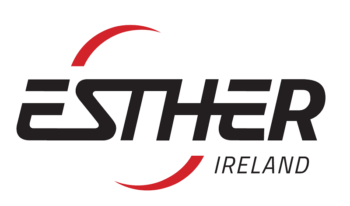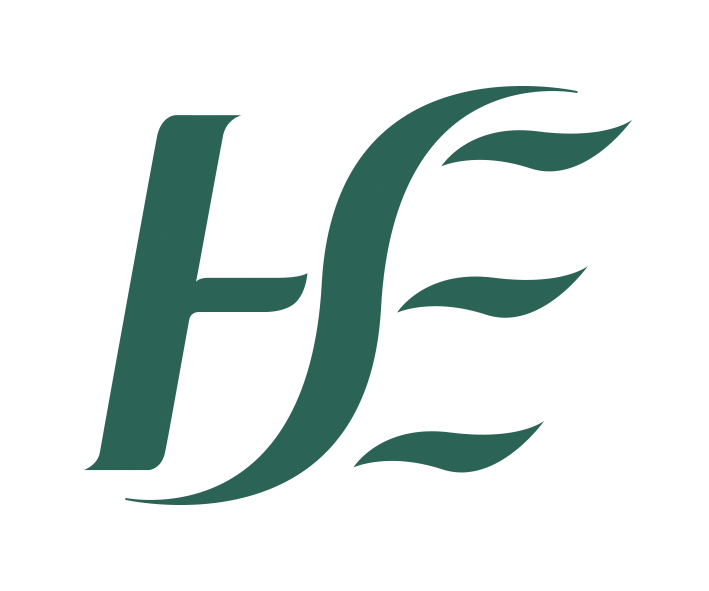To Watch The Video & Download It Directly
We appreciate your feedback! Please fill out this quick 5-question feedback form to help us with the video series.
To Watch The Video In YouTube
Text
Remember PPE is only of use as an aid to other precautions such as hand and respiratory hygiene and is only effective if used appropriately. It may increase risk if used inappropriately.
Infection control precautions can target contact, droplet, or aerosol transmission.
Based on the current available evidence, the COVID-19 virus is transmitted between people through droplet and contact transmission. Droplet transmission occurs when susceptible individuals come into contact with respiratory secretions from a symptomatic person’s cough or sneeze. This creates small particles which remain suspended in the air for limited periods. Transmission is associated with exposure within one to two metres of the patient.
Contact transmission can occur when these droplets fall on surfaces. Later, someone touches that surface and then touches their face, mouth or eyes and becomes exposed to the virus.
Aerosol transmission occurs when very small particles are formed and remain suspended in air for longer periods and can be inhaled. Precautions against aerosol transmission for COVID 19 are only required for specific circumstances where aerosols may be generated such as intubation or manual ventilation before intubation and not for general care of patients with confirmed or suspected COVID 19.
This video specifically refers to the PPE required for the care of patients with suspected or confirmed COVID 19 infection. Safe putting on and removal of PPE should be done outside of the room the patient is in, ideally in a dedicated area, either using a mirror or under the supervision of a colleague who is trained in the procedure also.
The recommended PPE set includes:
• A long-sleeve, fluid resistant surgical gown. If not fluid resistant, an apron should be worn over it.
• Disposable medical gloves
• A medical mask or a respirator mask for any aerosol generating procedure.
• Eye protection such as a face shield or goggles
DRESSING
- To begin, ensure you remove all jewelry and personal items and that long hair is tied back. Make sure you are using appropriate PPE for the precautions needed.
- Step 1 is to perform hand hygiene. This is the subject of a separate video.
- Then, ensure the PPE is not damaged.
- Put on the gown first, tie around the neck and around the waist, and secure it around the back. Ensure all clothing is covered by the gown.
- Now, place the medical mask on and ensure it is over your nose and mouth and that it is a tight fit. Try not to touch the mask once it is secured on your face. If you must do so, perform hand hygiene before and after touching the mask.
- Next, put on the eye protection, either goggles or face shield.
- Finally, put on a pair of gloves. Ensure they are placed over the cuff of the gown and that no skin is exposed.
REMOVING PPE
It is critical to understand that the removal of PPE poses the highest risk of transmission to health care workers. Make sure to avoid any contact between potentially contaminated PPE and your clothes, your skin, or your face. Follow a strict order of removal of PPE, if possible, in front of a colleague or mirror, to avoid any mistakes.
- The first step is to remove gloves carefully avoiding touching any contaminated areas with your bare skin. This is the most soiled item which needs to be removed first and discarded safely.
- Next, remove the gown by undoing the ties and ensure the gown is pulled away from the body ensuring there is no contamination of your clothes or the environment. Turn the gown inside out and dispose of safely in the waste disposal or a dedicated laundry hamper if reusable.
- Next, perform hand hygiene carefully before touching your face.
- Then, remove the eye protection by leaning forward and pulling away from your face, whether that is the face-shield or goggles. Ensure you clean the goggles or the face-shield if they are reusable with dilute hypochlorite bleach and place them in a clean container.
- Next, remove the face mask by pulling it from the rear and dispose of it in the waste disposal. Or the hospital laundry hamper if reusable. Ensure you are taking the mask off with the straps. Avoid touching the mask itself.
- Now as a final step, perform hand hygiene with alcohol based handrub or with soap and water if they are visibly soiled. The important thing is that you do not touch your face. If you accidentally touch a soiled item at any point, perform hand hygiene before proceeding further.
OPTION FOR RESPIRATOR MASK:
If you are performing an aerosol generating procedure put on a respirator mask if available instead of medical mask and perform a seal check.
• Lift your chin and pull the bottom strap over your head and position it around the back of your neck below the ears. Ensure strap is on bare skin only. Pull the top strap over your head resting it high at the back of your head. Ensure the straps are not overlapping or crossed.
• Place fingertips of both hands at the top of the metal nosepiece. Mould the nosepiece (using two fingers on each hand) to the shape of your nose applying pressure on sides of nose to ensure seal.
• Perform a seal check by placing your hands at the top and side of your face – without touching the mask. Now exhale sharply. There should be no air escaping from the sides of the mask, this would indicate a positive pressure inside the respirator.
• If there is leakage of air, adjust position and/or tension of the straps. Retest the seal. Repeat the steps until respirator is sealed properly.
• Perform a negative seal check: Inhale deeply. If no leakage, negative pressure will make respirator cling to your face. Leakage will result in loss of negative pressure in the respirator due to air entering through gaps in the seal.
Background Music
Daily Beetle by Kevin MacLeod is licensed under a Creative Commons Attribution licence (https://creativecommons.org/licenses/by/4.0/)Source: http://incompetech.com/music/royalty-free/index.html?isrc=USUAN1500025
Artist: http://incompetech.com/
Voice Over: Elias Phiri
This work is licensed under a Creative Commons Attribution-NonCommercial 4.0 International License.


